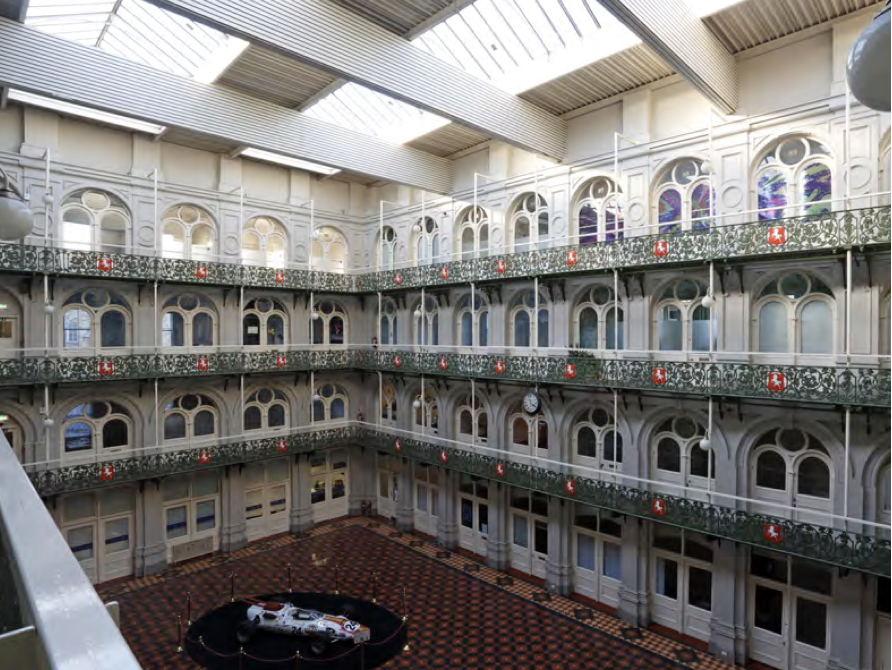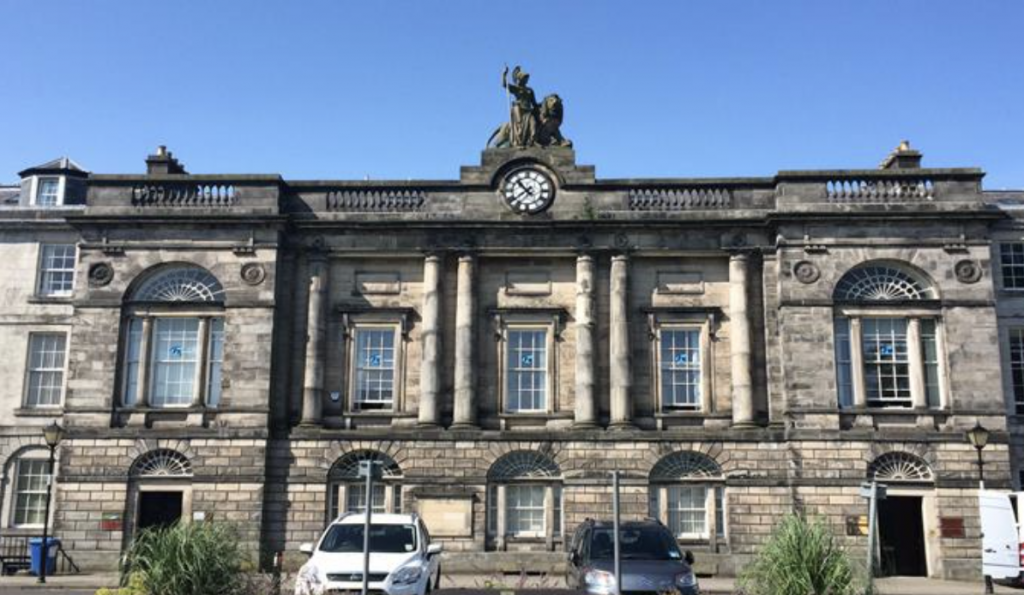
Preserving the Past: Adaptive Reuse of Heritage Buildings in the UK

Photo by Robin Schreiner on Unsplash
Heritage buildings, once symbols of the past, are finding new life through adaptive reuse projects. These initiatives not only preserve historical buildings but also breathe fresh vitality into communities. In this blog, we will explore the world of adaptive reuse, transforming heritage buildings into vibrant, viable commercial spaces.
Maximising Heritage Potential
Adaptive reuse is a sustainable and innovative way to repurpose heritage buildings and historic places. Instead of demolishing buildings developers and architects are reimagining their potential. By capitalising on the unique charm of historical architecture, businesses can create distinctive commercial spaces. This approach not only preserves cultural heritage but also unlocks substantial value, meeting the demands of discerning modern consumers while maintaining a strong link to the past.
From former warehouses to historic schools, buildings are being reborn as offices, hotels and more. Maybe one of the most famous examples of adaptive reuse is the Tate Modern Art Gallery in London which was transformed from the obsolete Bankside Power Station.
Conserving Architecture
One of the most important aspects of adaptive reuse is the preservation of original architecture. It is a topic that is beginning to have a greater place in architectural education as it requires specialised knowledge in both historical preservation and modern construction techniques. Finding architects, engineers, and contractors experienced in this type of work can be a challenge.
Cultural Conservation and Community Engagement
Beyond the architectural significance, adaptive reuse projects can play a role in contributing to placemaking. Placemaking refers to a collaborative approach to planning, designing and managing public spaces to create places where people want to work, invest and spend time. Heritage assets can be focal points for community engagement, offering spaces for art galleries, museums, restaurants, and local businesses. By inviting the public into these spaces, heritage buildings transform into hubs of cultural exchange.
Economic Revitalisation
The economic benefits of adaptive reuse are manifold. By repurposing heritage buildings, local economies receive a significant boost. These projects create jobs, attract tourists, and stimulate surrounding businesses. Moreover, the adaptive reuse of heritage buildings often catalyses urban regeneration, turning neglected areas into thriving districts, thereby increasing property values and enhancing the overall quality of life.
Challenges and Rewards
While the adaptive reuse of heritage buildings is a rewarding endeavour, it does come with its challenges:
Historical Preservation Regulations: Strict regulations are in place to preserve the historical integrity of heritage buildings. Adhering to these regulations while making necessary modifications can be a delicate balancing act.
Structural Integrity: Heritage buildings often face structural issues due to ageing, decay, or previous modifications. Ensuring the structural integrity of the building while incorporating modern amenities is a significant challenge.
Costs: Adaptive reuse projects can be expensive. Preserving historical features and bringing the building up to code often requires substantial investment. Balancing the preservation budget with the need for modernization can be difficult.
Building Regulations: Adapting heritage buildings to meet current building regulations can be complex. These regulations are often stringent and may require creative solutions to ensure compliance without compromising the building’s historical value. Heritage buildings might lack modern utility systems, such as plumbing, electrical, and HVAC. (Heating, Ventilation, and Air Conditioning).
Environmental Concerns: Asbestos, lead paint, and other hazardous materials might be present in heritage buildings. Safely removing or mitigating these materials is crucial but can be time-consuming and costly.
Accessibility: Ensuring the building is accessible to people with disabilities while preserving its historical features can be challenging. Integrating features like elevators and ramps inconspicuously is a common challenge.
Community Opposition: Although there is an increase in people’s awareness of the importance of conservation and the need for more sustainable living and working, a local community might resist changes to a beloved historical building, fearing that adaptations could compromise its cultural or historical value. Engaging with the community and addressing concerns is essential.
Market Demand: Finding a suitable commercial purpose that aligns with the building’s historical character and meets market demands can be challenging. Striking a balance between preservation and market viability is crucial for the success of the project.
The adaptive reuse of heritage buildings breathes life into the old and showcases the resilience and adaptability of historical structures. Striking the right balance between preservation and modernisation requires careful planning and expertise. However, the rewards are immeasurable – a harmonious blend of the past and the present that enriches the cultural fabric of the community.
If you would like to search for commercial property on NovaLoca that is historical, listed, graded or heritage just enter those keywords in the search bar to see results.
And finally here’s just a couple of beautiful adapted buildings we currently have in our listings:

The Hop Exchange is one of the most historic and famous buildings in the South Bank. Built in 1867 for the trading of hops when the local area was the centre of London’s brewing industry.The original architecture has been cherished and preserved creating a unique atmosphere for over 60,000 sq. ft. of office accommodation.

An imposing Grade A listed former school building in the Old Academy Building, Rose Terrace, Perth is now home to high quality offices.
